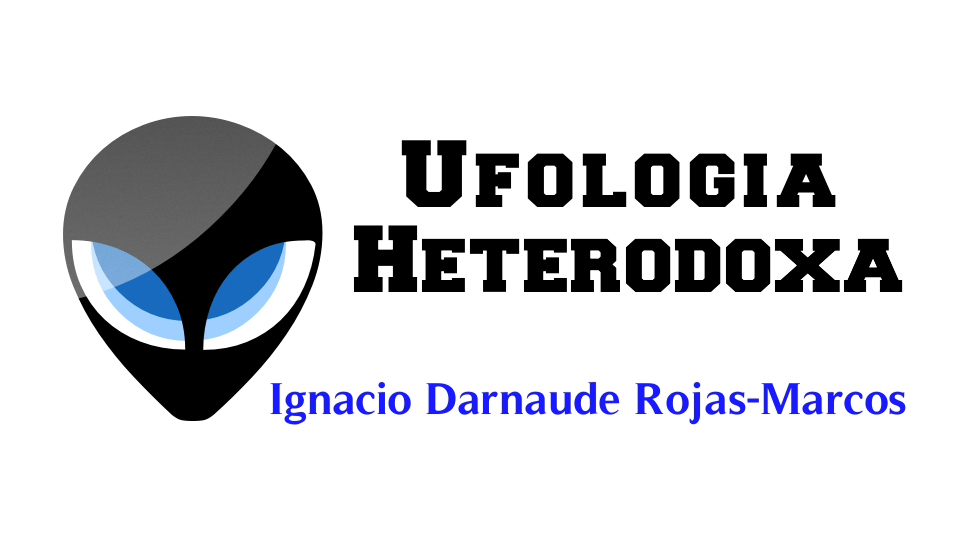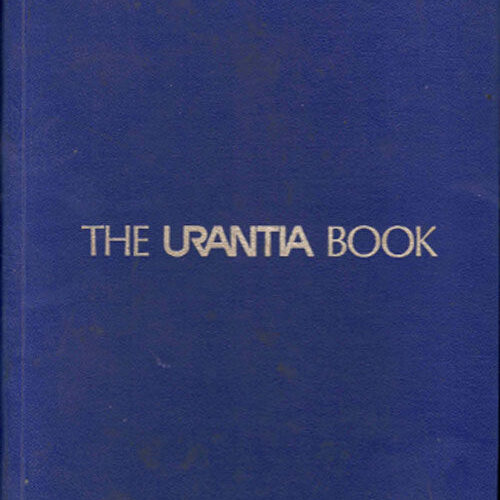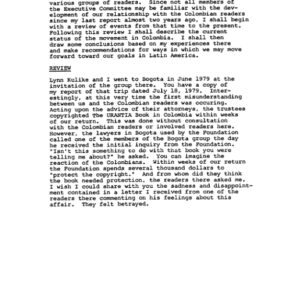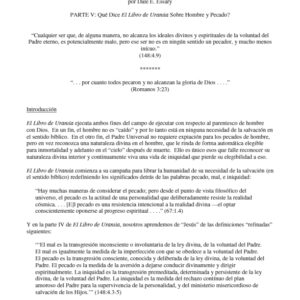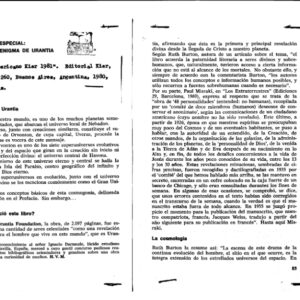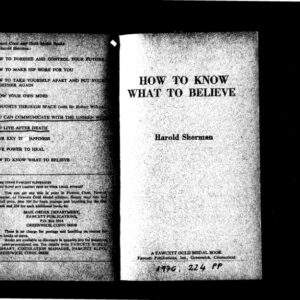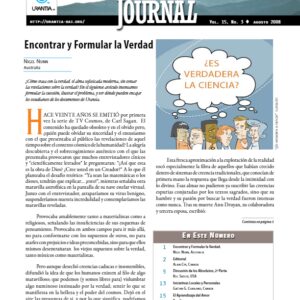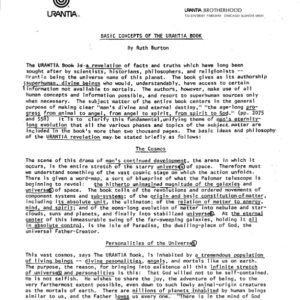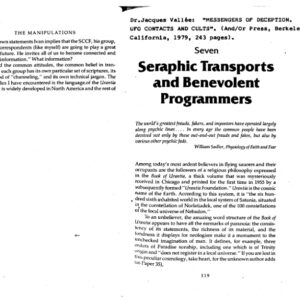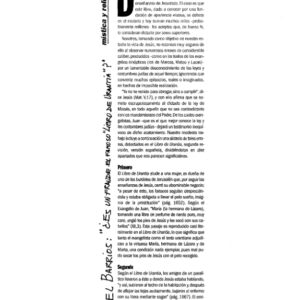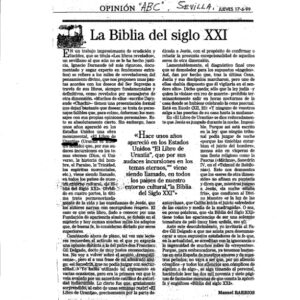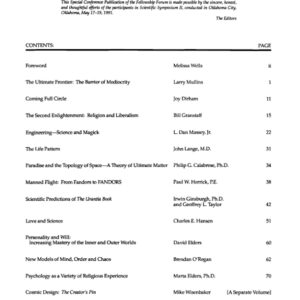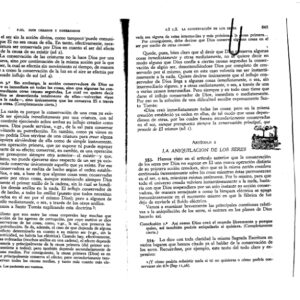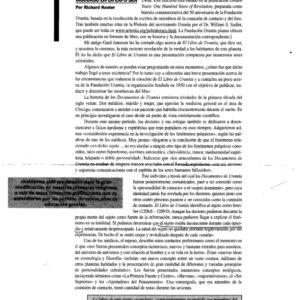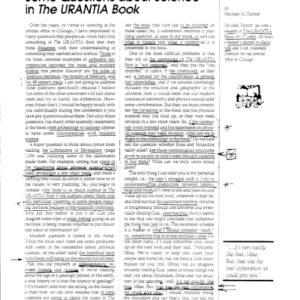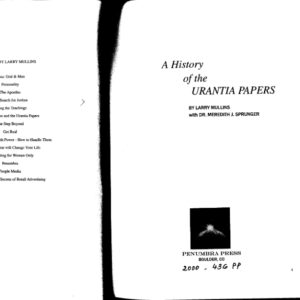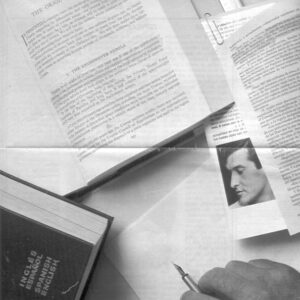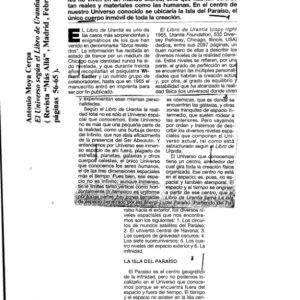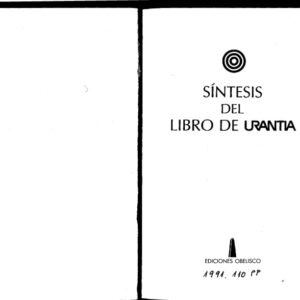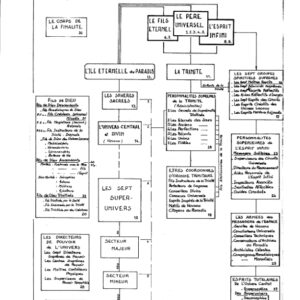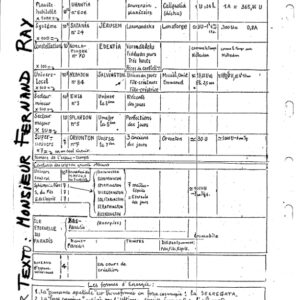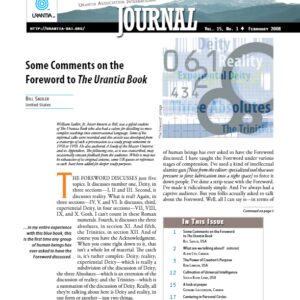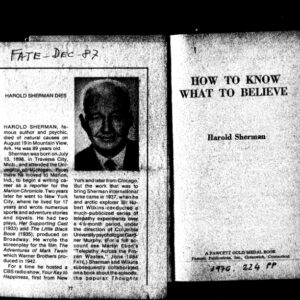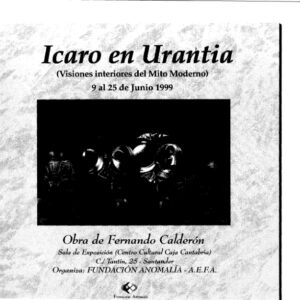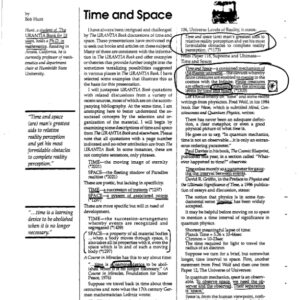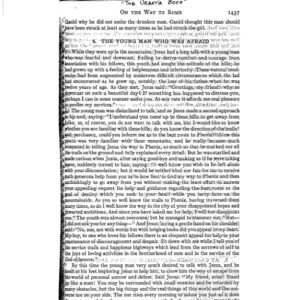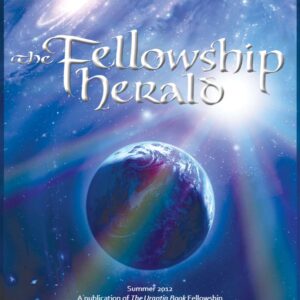Urantia book y Sherman rebellion
- Descripción
Descripción
Urantia book y Sherman rebellion
What was the «Sherman Rebellion»?
A collection of related writings and correspondence
Special thanks to Ken Raveill for access to his archive of Sherman materials,
to C. Barrie Bedell for access to Clyde’s materials,
and to Matthew Block for access to his personal archive.
Indicates that Adobe Acrobat Reader 3.0 or later is needed to view the related file
In the Summer of 1976, former Forum member Harold Sherman published a book titled, «How to Know What to Believe.» In this book, in a chapter called, «Pipeline to God,» Sherman relates a purported conversation with Dr. Sadler about the process by which the Urantia Papers came into being. Sherman, with a career built around a study of psychic and paranormal phenomena, also relates his dissatisfaction with the lack of any information related to these topics in the Urantia Papers and his subsequent quarrel with Dr. Sadler over this perceived omission. Sherman’s description of aspects of this quarrel has led to its characterization as «the Sherman Rebellion.» Sherman’s fictionalized account is thinly disguised with «Dr. Norton» clearly a reference to Dr. Sadler, Dr. Norton’s secretary, «Cindy» clearly a reference to Emma Christensen, his reference to ‘The New Revelation Book’ clearly a reference to The Urantia Book, etc.
[Read «Pipeline to God»] Note: This is a fairly large file (100k) and may take a few moments to load into your browser.
A group of Urantian historians have edited Sherman’s chapter so that it has the real names of the individuals involved rather than the ficticious names which Sherman used for publication. [See «Pipeline to God» with real names]
[See photo of Harold and Martha Sherman]
The leadership in Chicago reacted strongly to Sherman’s perceived assault on the integrity of The Urantia Book and the Forum.
Meredith Sprunger, at the time President of Urantia Brotherhood, immediately wrote a refutation of Sherman’s claims in a paper titled, «A Response to What Appears To Be a Commentary on the URANTIA Movement in a Book Entitled, ‘How to Know What to Believe,» pp. 58-96 [See Meredith’s paper]
On Sunday, September 5, 1976, Clyde Bedell delivered an impassioned defense of The Urantia Book to members of the First URANTIA Society of Oklahoma. Clyde was particularly piqued that Sherman had seized on his concerns about organizational structure and presented them to the public as somehow related to the lack of psychic and paranormal information in The Urantia Book. This presentation in Oklahoma was classic Clyde and the transcription of this talk provides wonderful insights into Clyde’s dynamic and passionate character. [See Clyde’s comments]
Clyde also wrote a much shorter defense for general distribution to Trustees and Directors of Urantia Foundation and Urantia Brotherhood as well as anyone who had questions about the Sherman material. [See Clyde’s shorter defense]
The cover letter which Clyde wrote to accompany his defense is also of interest. [See Clyde’s cover letter]
Julia Fenderson wrote a letter to several disturbed readers with whom she had apparently had a long conversation about the matter. [See Julia’s letter]
Marian Rowley responded to Clyde’s writing and went so far as to create a notarized statement to be filed at the office «in case there are any future problems after we are gone.» [See Marian’s response to Clyde] [See Marian’s notarized statement]
Given the defense which Clyde mounts as well as his indignation expressed in the talk which he presented to the Oklahoma Society, it is helpful to read two key documents which reveal Clyde’s political views as well as help us understand how Sherman may have exploited Clyde’s political discontent for his own purposes. These are:
1933 — Clyde Bedell writes letter to Wilfred Kellogg voicing concerns about the proposed administrative structure for the organization which will oversee the details of publishing the revelation. [See Clyde’s letter to Wilfred Kellogg]
1942 — Clyde Bedell submits «petition» to Dr. Sadler. [See copy of Clyde’s «Petition»]
Information related to the «excommunication» to which Sherman refers–that of Robert Burton–may be found scattered throughout the entries on the history timeline prior to 1972. Among other things, Robert Burton was charged with being one who «preaches the doctrines of the Lucifer Manifesto of unbridled liberty, and disrespect of, and rebellion against, rightfully constituted leadership, in this case, of the custodians of the fifth major epochal revelation accusing or insinuating that they have participated in fraud, autocratic rule, suppression of free expression, violation of the principles of fairness and justice, and improper conduct of policy discussion, alleging secrecy and insinuating wrongdoing…»
[See list of formal charges brought against Robert Burton]
[See report of events at hearing] Robert Burton subsequently referred to himself as «the first excommunicated reformer of the 533 Urantia Institution.»
[See official notice of Robert Burton’s «excommunication»]
